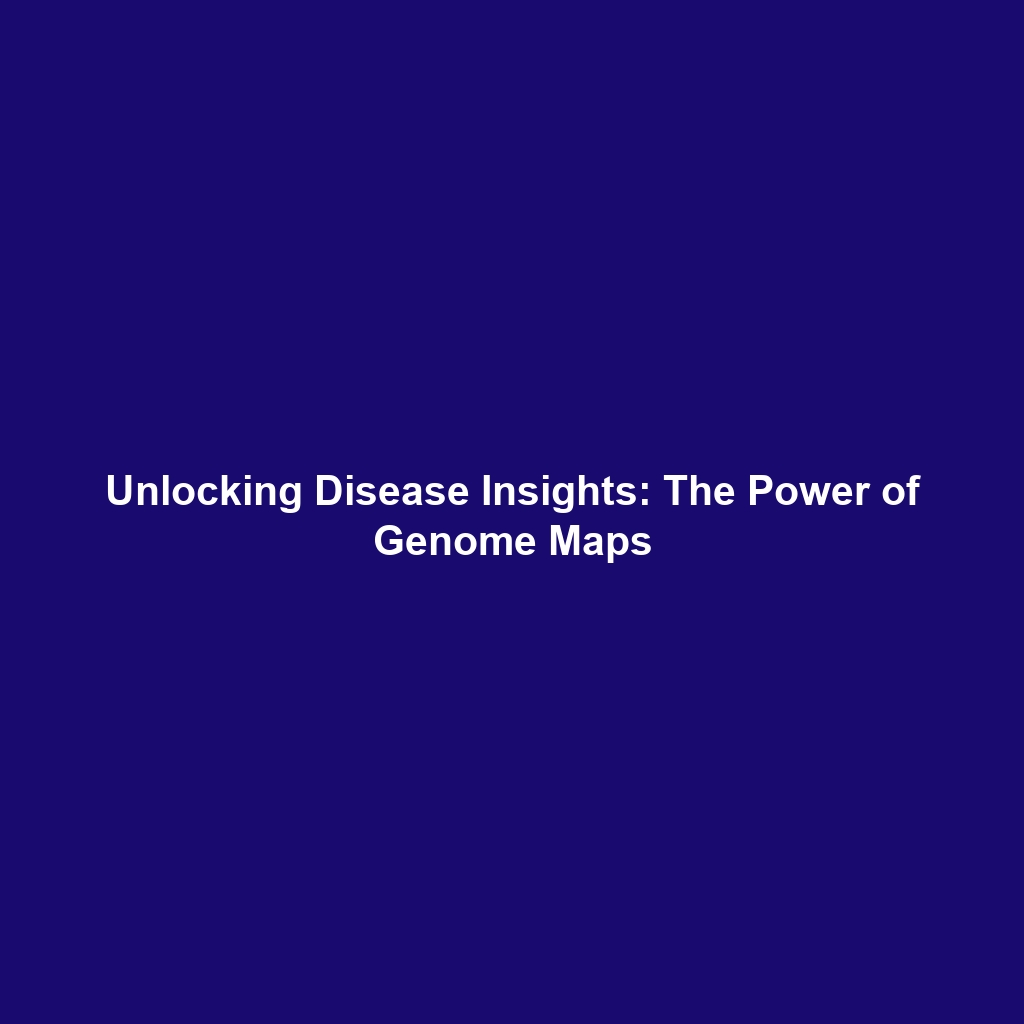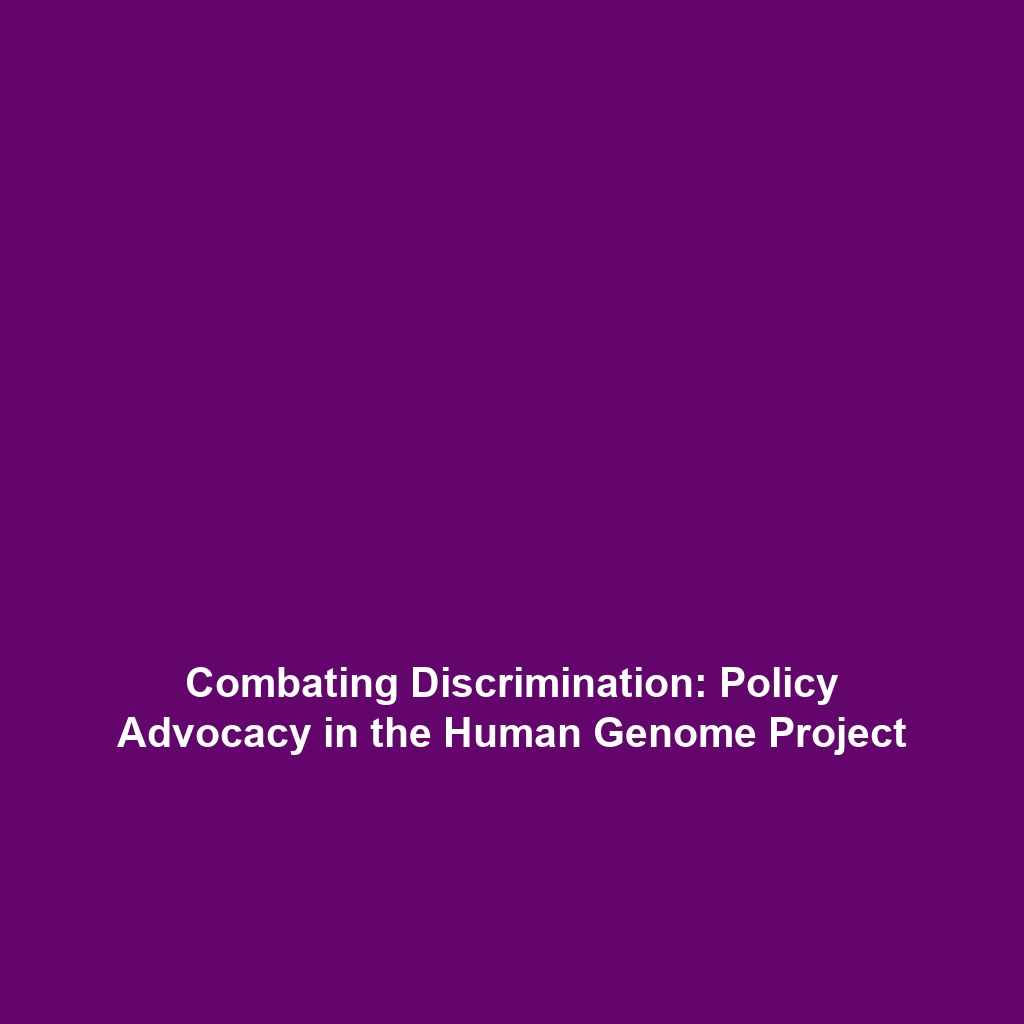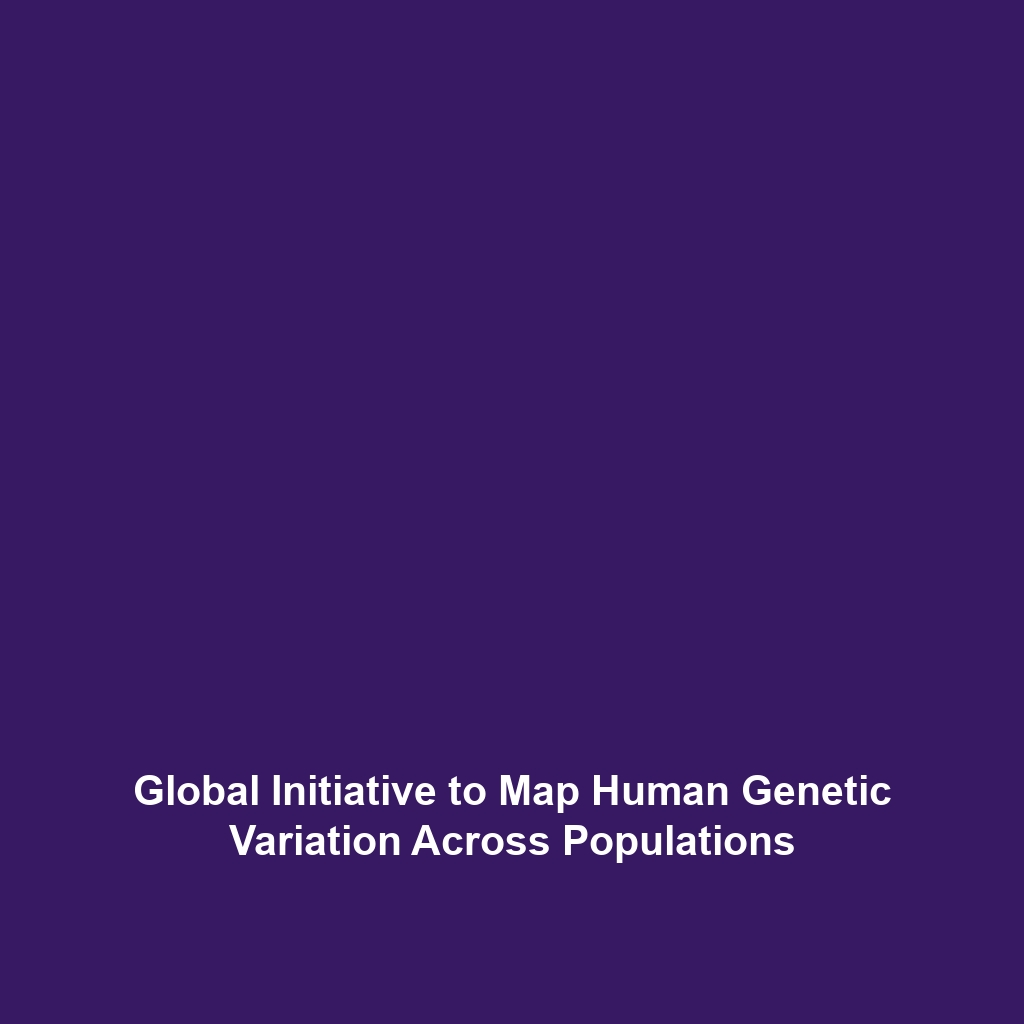The Complexity of the Human Genome: A Gene-Driven Narrative
Category: Human Genome Project
Topic: The discovery that a relatively small number of genes are responsible for the complexity of the human organism.
Introduction
The revelation that a surprisingly small number of genes dictate the intricate complexity of human beings marks a watershed moment in genomic research. This finding, central to the Human Genome Project (HGP), reshapes our understanding of genetic contributions to human traits and health. As researchers have unraveled the human genome, it has become clear that just around 20,000-25,000 genes are responsible for the biological diversity and complexities that define humanity. This article explores these pivotal insights and their broader implications for genomics and medicine.
Key Concepts
Understanding Gene Complexity
Key concepts stemming from the discovery include:
- Gene Functionality: Many genes perform multiple functions, leading to diverse biological outcomes from a limited genetic toolkit.
- Alternative Splicing: A single gene can produce various proteins through a process called alternative splicing, enhancing functional diversity.
- Gene Interactions: The complexity of the human organism arises not just from gene counting but from intricate interactions among genes and their products.
This understanding is crucial for the Human Genome Project, as it underscores that gene quantity does not equate to organismal complexity, changing how we approach genetic research.
Applications and Real-World Uses
Significant applications of understanding that a small number of genes account for human complexity include:
- Personalized Medicine: Insights from the HGP enable tailored therapies based on individual genetic profiles.
- Genetic Counseling: Families benefit from risk assessment tied to genetic disorders identified through gene functionality studies.
- Biotechnology: Advances in gene editing technologies, such as CRISPR, harness the principles of genetic minimalism to modify traits effectively.
Thus, the knowledge of genetic simplicity is pivotal in driving innovation in human genomics and biomedicine.
Current Challenges
Despite the advances, several challenges in studying the role of a small number of genes in human complexity persist:
- Gene-Environment Interactions: The interplay between genetics and environmental factors complicates our understanding of gene functions.
- Ethical Concerns: Genetic modifications raise significant ethical questions regarding safety and societal impacts.
- Data Interpretation: Analyzing vast datasets from the Human Genome Project requires advanced algorithms and methodologies.
Addressing these challenges of gene research is imperative for further progress.
Future Research and Innovations
The future of studying the human genome promises exciting innovations:
- Next-Generation Sequencing: Technologies that drastically reduce the cost and time of sequencing will facilitate larger studies.
- CRISPR and Gene Therapy: These revolutionary techniques will likely expand our capability to modify genetic traits safely and effectively.
- AI in Genomics: Leveraging artificial intelligence for data analysis could yield new insights into gene functions and their complexities.
As research continues, the intersection of technology and genetics holds immense potential for transforming the Human Genome Project’s findings into practical healthcare solutions.
Conclusion
The discovery that a relatively small number of genes govern the complexity of the human organism not only enriches our understanding of genetics but also provides valuable insights for medicine and biotechnology. This pivotal knowledge reinforces the significance of the Human Genome Project in driving forward both scientific understanding and practical applications. To learn more about the intricacies of genes and their real-world impact, explore our additional resources on genomic research and biomedical innovations.









